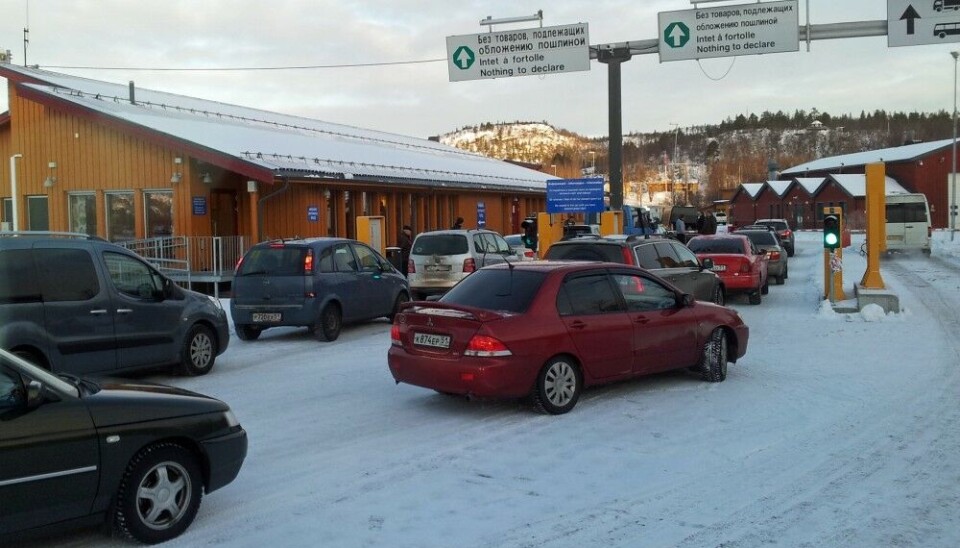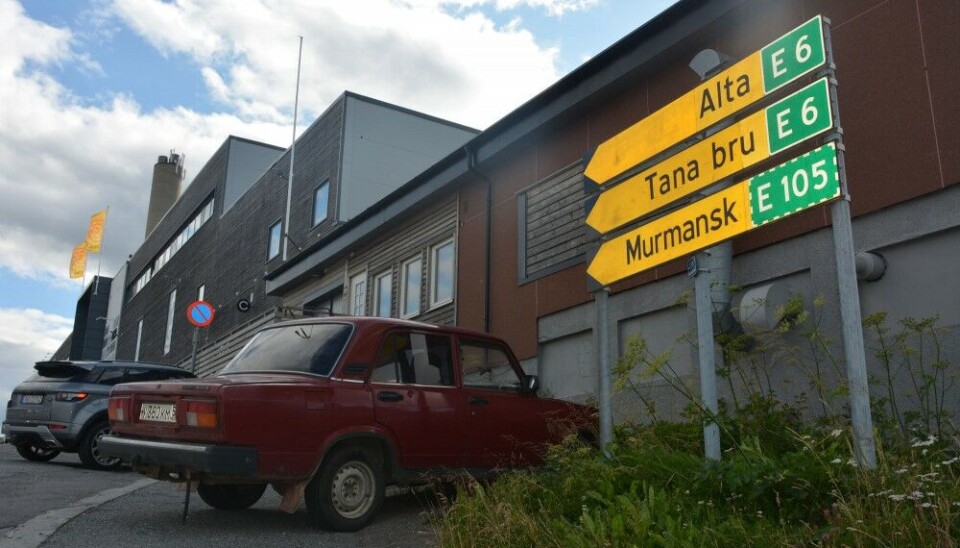
Journey's end is near for cross-border driving
Russian car insurance will no longer be valid on European roads.
Russian cars have become a rare sight across the EU. But in a few places, like the Norwegian border town of Kirkenes, vehicles from the warring country are still seen on local roads.
Despite the freezing relations between Russia and the surrounding world, there is still a significant number of Russian travelers making it across the border to Norway. And many of them bring their cars.
Norway is today the only of Russia’s neighboring countries that still allows the entry of Russian tourist travelers.
However, the visits from the East will soon come to an end.
On 1st of July this year, the Green Card agreement between Russia’s Union of Car Insurers and the countries of the European Economic Area expires. And it will hardly be renewed, the Barents Observer Russian reports.
The agreement has provided necessary insurance for Russian drivers on European roads. If a Russian car driver is faulty of an accident in Europe, the Green Card protects the rights of the suffering European part. And vice versa.
The agreement also covers European cars on Russian roads.

The termination of the agreement will in practice close European roads for Russian cars. And the vehicles that today can be seen in the streets of Kirkenes will vanish.
Theoretically, car insurance for Russian travelers could be offered on the border at entry. But such a regime is complicated by Russia’s ban from international payment systems. And Norwegian authorities would hardly allow insurance companies to operate in the checkpoint area.
Irrespectively of the insurance issue, it is today almost impossible for Russians to get Norwegian visas. Norway no longer issues tourist visas to Russians and the number of people with valid travel documents is quickly decreasing. Only humanitarian visas are today issued to Russians, and even such visas are not always available.
The small Norwegian town is located only few minutes drive from the border and has long been a popular destination for Russians living in the Kola Peninsula. In 2013, cross-border traveling reached its peak with more than 320,000 crossings.
After Russia’s annexation of the Crimea and incursions in Donbas in 2014, cross-border traveling quickly dropped. In COVID-year 2021, border crossing was reduced to a historical low of 14,752.















